アンコキーヌ牛革2wayリュック オレンジ
(税込) 送料込み
商品の説明
サイズ●縦35×横32×マチ14.5cm
外ポケット1
素材 牛革なめらかです。
自宅保管ですのでご理解のあるかたお願いします。商品の情報
| カテゴリー | ファッション > レディース > バッグ |
|---|---|
| ブランド | アンコキーヌ |
| 商品の状態 | 新品、未使用 |
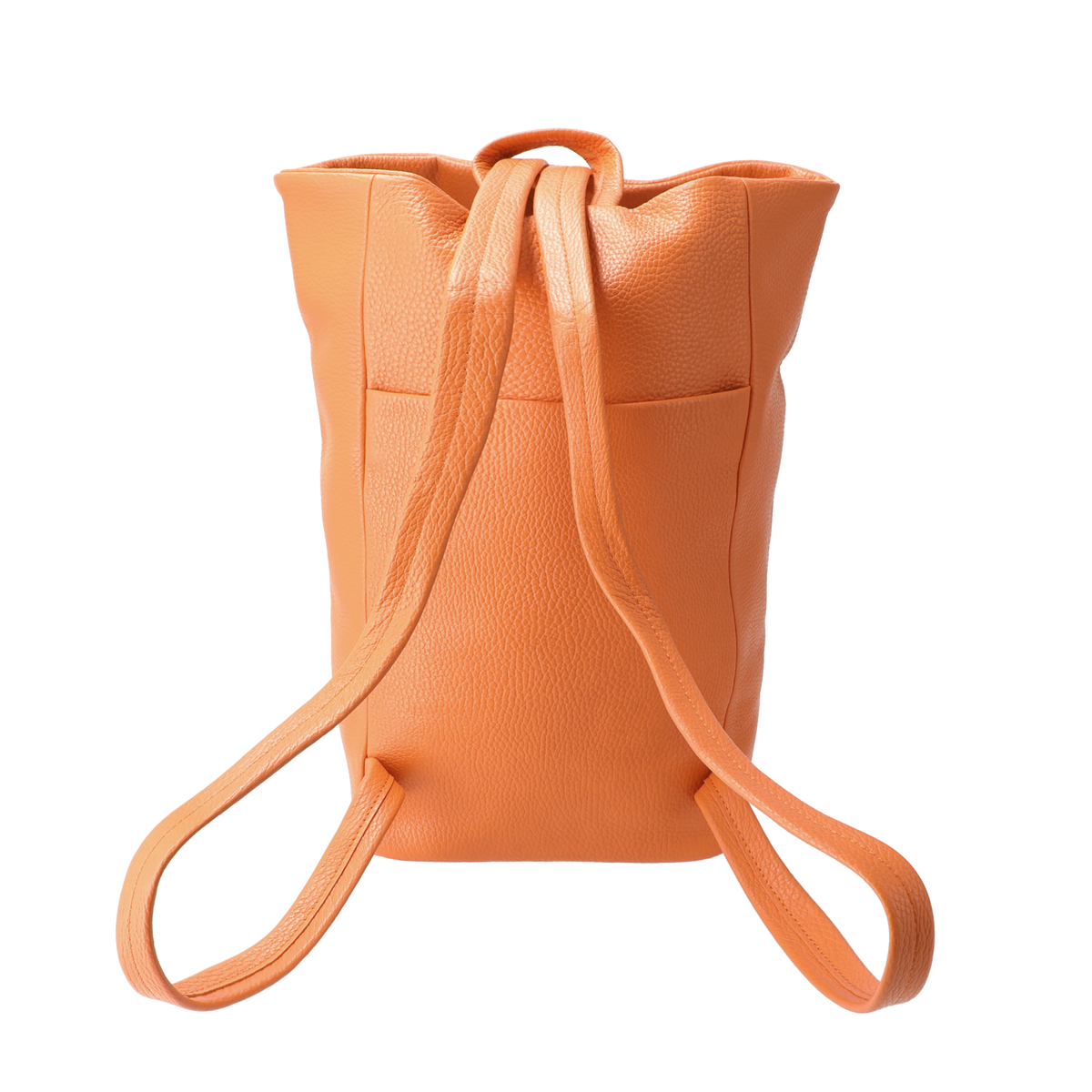
アンコキーヌ イタリアンシュリンクレザー2WAYバックパック-

2024年最新】アンコキーヌ リュック・バックパックの人気アイテム

2024年最新】アンコキーヌ バッグ リュックの人気アイテム - メルカリ

軽い牛革 2wayリュック【AZ068】 | BAG,2way/3wayバッグ | 革
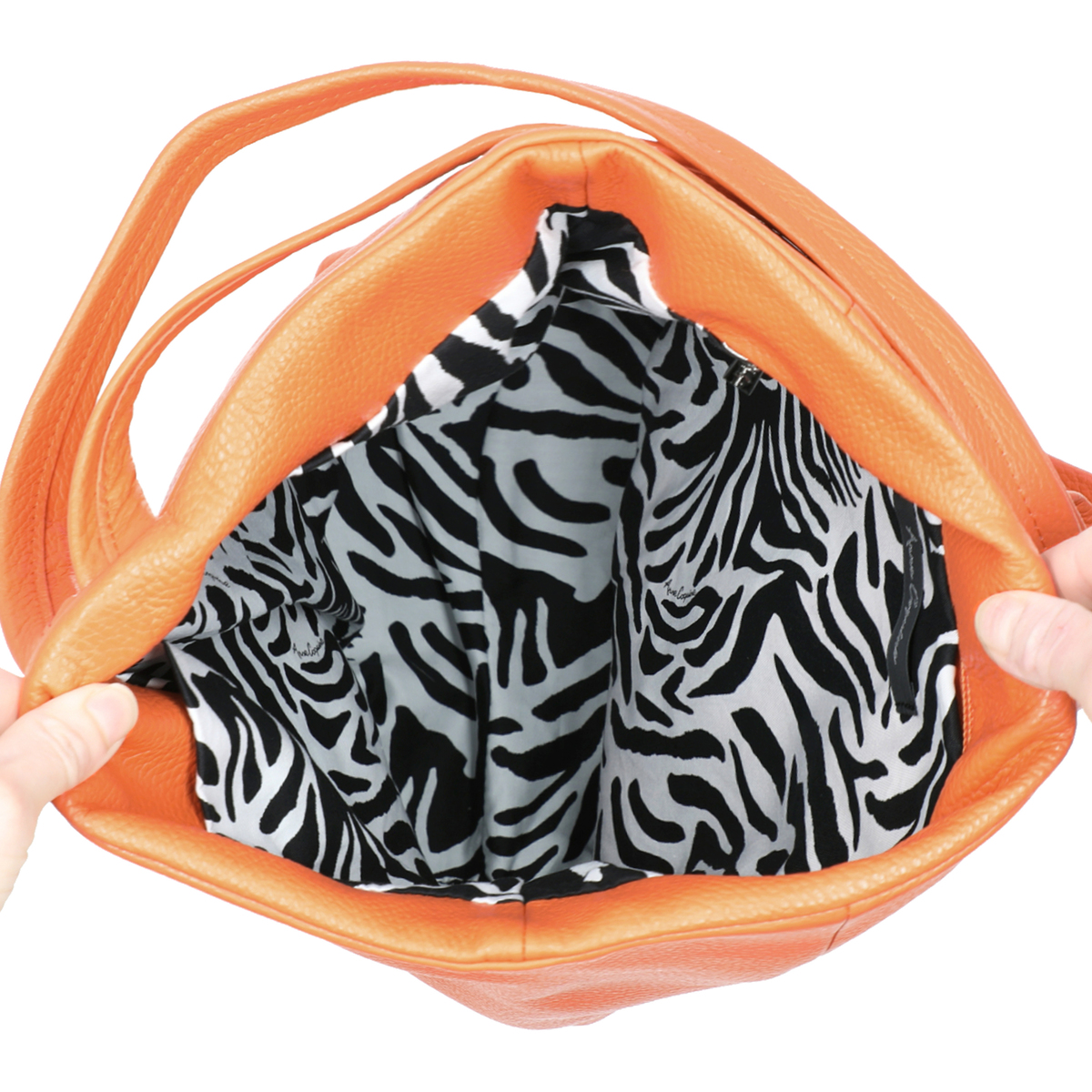
アンコキーヌ イタリアンシュリンクレザー2WAYバックパック-
![[ビアンコ] 日本製 牛革2wayリュック レディース バッグ リュック 2way ショルダー カラーバリエーション日本製 トラベル](https://m.media-amazon.com/images/I/91kSqN3BsCL._AC_SL1500_.jpg)
[ビアンコ] 日本製 牛革2wayリュック レディース バッグ リュック 2way ショルダー カラーバリエーション日本製 トラベル
![HALEINE[アレンヌ] 本革 バッグ 2WAY 日本製 リュックサック ショルダーバッグ 牛革 栃木レザー / レディース A4 通勤バッグ ブランド ブランド](https://shopping.c.yimg.jp/lib/j-white/07000059-80.jpg)
HALEINE[アレンヌ] 本革 バッグ 2WAY 日本製 リュックサック ショルダーバッグ 牛革 栃木レザー / レディース A4 通勤バッグ ブランド ブランド

アンコキーヌ2WAYリュック - リュック/バックパック
![HALEINE[アレンヌ] 本革 バッグ 2WAY 日本製 リュックサック](https://shopping.c.yimg.jp/lib/j-white/07000059-40.jpg)
HALEINE[アレンヌ] 本革 バッグ 2WAY 日本製 リュックサック

タQ3107 Anne Coquine イタリアンレザー2WAY バックパックの通販 by

アンコキーヌ2WAYリュック - リュック/バックパック

2024年最新】アンコキーヌ リュック・バックパックの人気アイテム

2024年最新】アンコキーヌ バッグ リュックの人気アイテム - メルカリ

2024年最新】アンコキーヌ リュック・バックパックの人気アイテム

アンコキーヌ2WAYリュック - リュック/バックパック
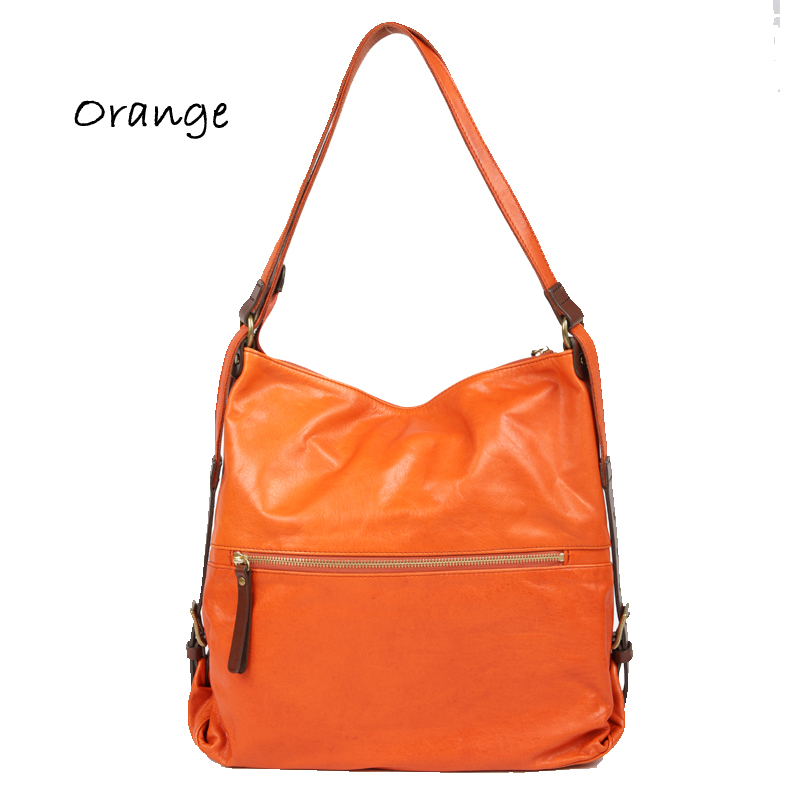
楽天市場】【送料無料 無料ラッピング】Bienco ビアンコ 日本製 牛革

2024年最新】アンコキーヌ リュック・バックパックの人気アイテム

2024年最新】アンコキーヌ バッグ リュックの人気アイテム - メルカリ

楽天市場】リュック レディース おしゃれ 牛革 2way 日本製 HALEINE

仁子鞄 スクエア革リュックオレンジ 2WAY布ベルト - タチバナストア tachibana store

仁子鞄 スクエア革リュックオレンジ 2WAY布ベルト - タチバナストア tachibana store

2024年最新】アンコキーヌ バッグ リュックの人気アイテム - メルカリ

Anne Coquine(アンコキーヌ) / クラッチバッグ/レザー/オレンジ/無地

2024年最新】アンコキーヌ リュック・バックパックの人気アイテム

アンコキーヌ2WAYリュック - リュック/バックパック

未使用☆アンコキーヌ リュック 2way オールレザー 黒-

2024年最新】アンコキーヌ リュック・バックパックの人気アイテム

Anne Coquine(アンコキーヌ) / リュック/牛革/BEG/ACB21250 | 中古品の

2024年最新】アンコキーヌ リュック・バックパックの人気アイテム

仁子鞄 スクエア革リュックオレンジ 2WAY布ベルト - タチバナストア

Anne Coquine(アンコキーヌ) / リュック/牛革/WHT | 中古品の販売
![[ビアンコ] 日本製 牛革2wayリュック レディース バッグ リュック 2way ショルダー カラーバリエーション日本製 トラベル](https://m.media-amazon.com/images/I/81DkcXXp8AL._AC_UY580_.jpg)
[ビアンコ] 日本製 牛革2wayリュック レディース バッグ リュック 2way ショルダー カラーバリエーション日本製 トラベル

仁子鞄 スクエア革リュックオレンジ 2WAY布ベルト - タチバナストア tachibana store

2024年最新】アンコキーヌ リュック・バックパックの人気アイテム
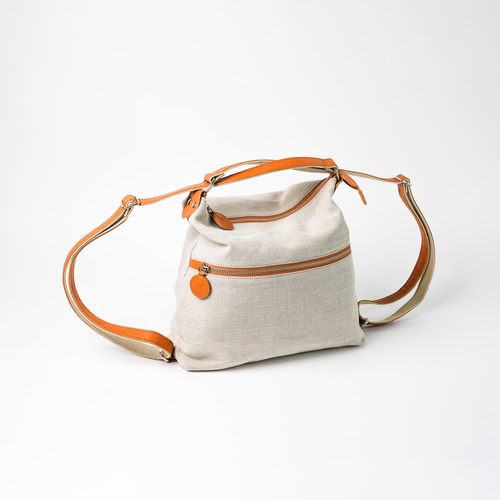
牛革とリネンの2WAYリュック キャメル リュック・バックパック BUeNA
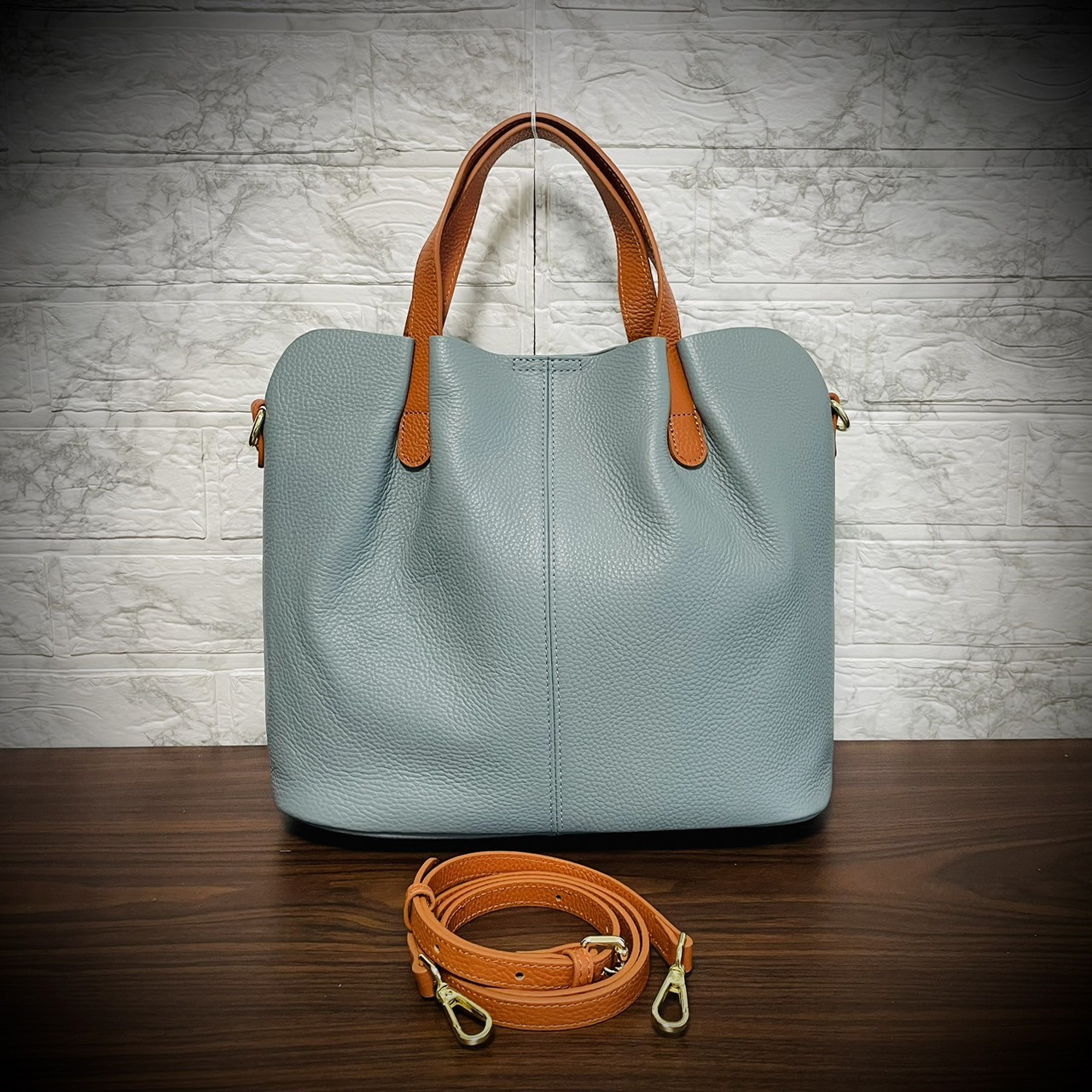
Anne Coquine】イタリアンシュリンクレザー 2wayリュック⭐新品

Anne Coquine(アンコキーヌ) / リュック/牛革/WHT | 中古品の販売

2024年最新】アンコキーヌ リュック・バックパックの人気アイテム

未使用☆アンコキーヌ リュック 2way オールレザー 黒-
![HALEINE[アレンヌ] 本革 バッグ 2WAY 日本製 リュックサック ショルダーバッグ 牛革 栃木レザー / レディース A4 通勤バッグ ブランド ブランド](https://shopping.c.yimg.jp/lib/j-white/07000059-cv.jpg)
HALEINE[アレンヌ] 本革 バッグ 2WAY 日本製 リュックサック ショルダーバッグ 牛革 栃木レザー / レディース A4 通勤バッグ ブランド ブランド






商品の情報
メルカリ安心への取り組み
お金は事務局に支払われ、評価後に振り込まれます
出品者
スピード発送
この出品者は平均24時間以内に発送しています














